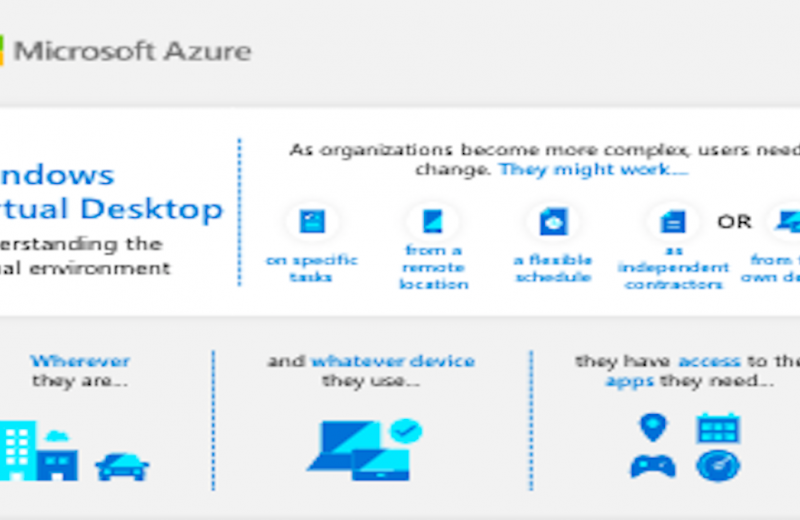As an organization you need to adopt a business continuity and disaster recovery (BCDR) strategy that keeps your data safe, and your apps and workloads up and running, when planned and unplanned outages occur.
Azure Recovery Services contribute to your BCDR strategy:
- Site Recovery service: Site Recovery helps ensure business continuity by keeping your business application and workloads are running during outages. Site Recovery replicates running on physical and virtual machines (VMs) from a primary site to a secondary location. When an outage occurs at your primary site, you fail over to secondary location, and access apps from there. After the primary location is running again, you can fail back to it manually.
- Backup service: The Azure Backup service keeps your data safe and recoverable to backing it up in Azure.
Site Recovery can manage replication for:
- Azure VMs replicating between Azure regions.
- On-premises VMs, Azure Stack VMs and physical servers.
What does Site Recovery provide?
1. Simple BCDR Solution:
Using Site Recovery, you can set up and manage replication, failover, and failback from a single location in Azure portal.Azure
2. VM Replication:
You’ll be able to set up disaster recovery of Azure VMs from a primary region to a secondary region.
3. On-premises VM replication:
you can replicate on-premises VMs and physical servers to Azure, or to a secondary on-premises datacenter. Replication to Azure eliminates the cost and complexity of maintaining a secondary datacenter.
4. Workload replication:
Replicate any workload running on supported Azure VMs, on-premises Hyper-V and VMware VMs, and Windows/Linux physical servers.
5. Data resilience:
Website Recovery orchestrates replication while not intercepting application data.When you replicate the VMs to Azure, data is stored in Azure storage, with the flexibility that provides. When failover occurs, Azure VMs are created to established on the replicated data.
6. RTO and RPO targets:
Keep recovery time objectives (RTO) and recovery point objectives (RPO) within your organizational limits. ASR provides continuous replication for Azure VMs and VMware VMs, and replication frequency as low as 30 seconds for Hyper-V. You can reduce RTO further by combine with Azure Traffic Manager.
7.Keep apps consistent over failover:
You can replicate using recovery points with application-consistent snapshots. These snapshots capture disk data, all data in memory, and all transactions in process.
8.Testing without disruption:
You can simply run disaster recovery drills, without affecting ongoing replication.
9.Flexible failovers:
You can run planned failovers for expected outages with zero-data loss, or unplanned failovers with minimal data loss (depending on replication frequency) for unexpected disasters. Easily you can fail back to your primary site when it’s available again.
10. Customized Recovery Plans:
Using website recovery plans, you can customize and sequence the failover and recovery of multi-tier applications running in multiple VMs.Your group machines together in a recovery plan, and optionally add scripts and manual actions. Recovery plans can be integrated with Azure automation runbooks.
11. BCDR integration:
Website Recovery integrates with different BCDR technologies.For example, you can use Site Recovery to protect the SQL Server backend of corporate workloads, with native support for SQL Server Always On, to manage the failover of availability groups.
12. Azure automation integration:
A rich Azure Automation library provides production-ready, application-specific scripts that can be downloaded and integrated with Site Recovery.
13. Network integration:
Website Recovery integrates with Azure for easy application network management, including reserving ip addresses, configuring load-balancers, and integrating Azure Traffic Manager for efficient network switch overs.




















